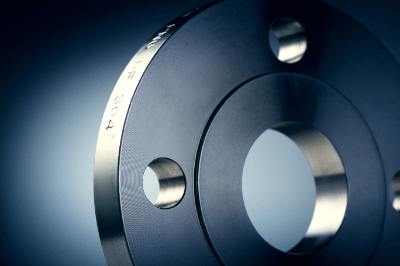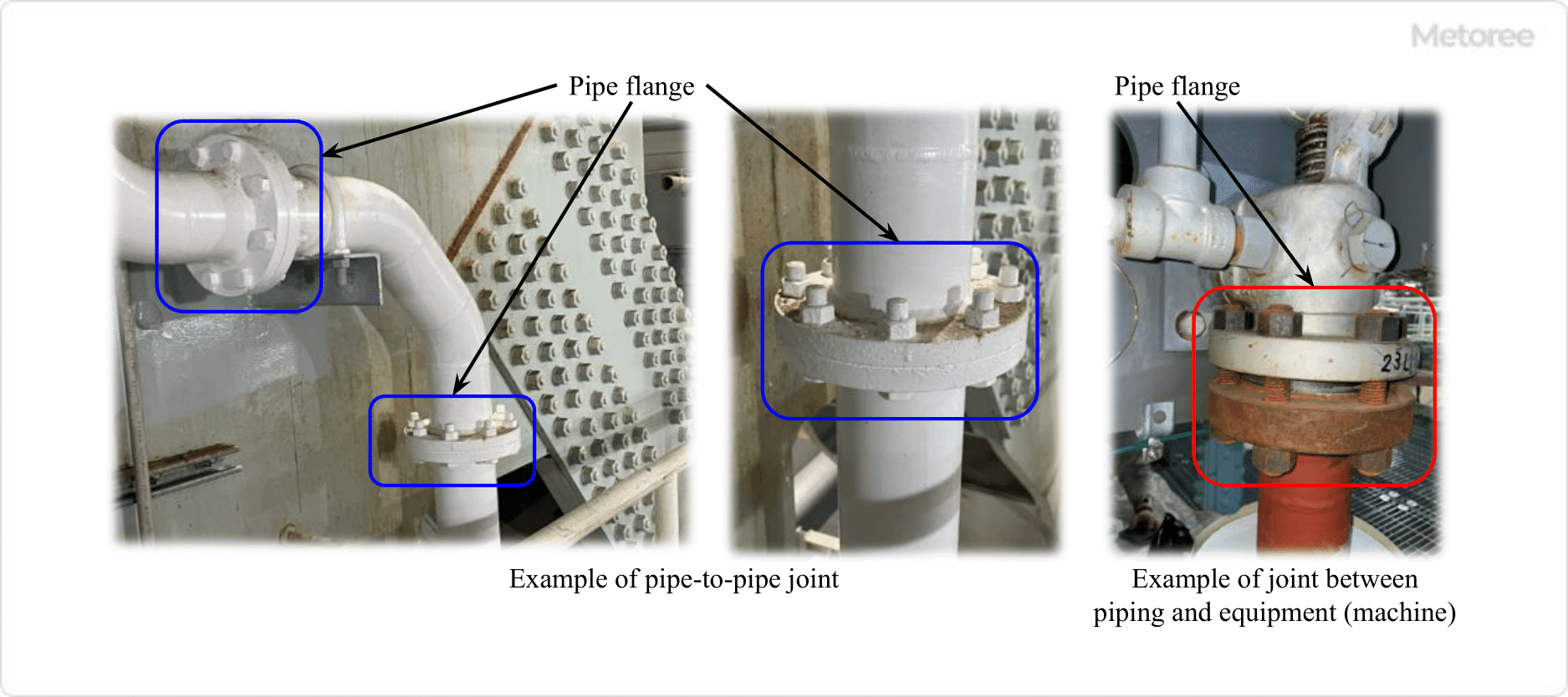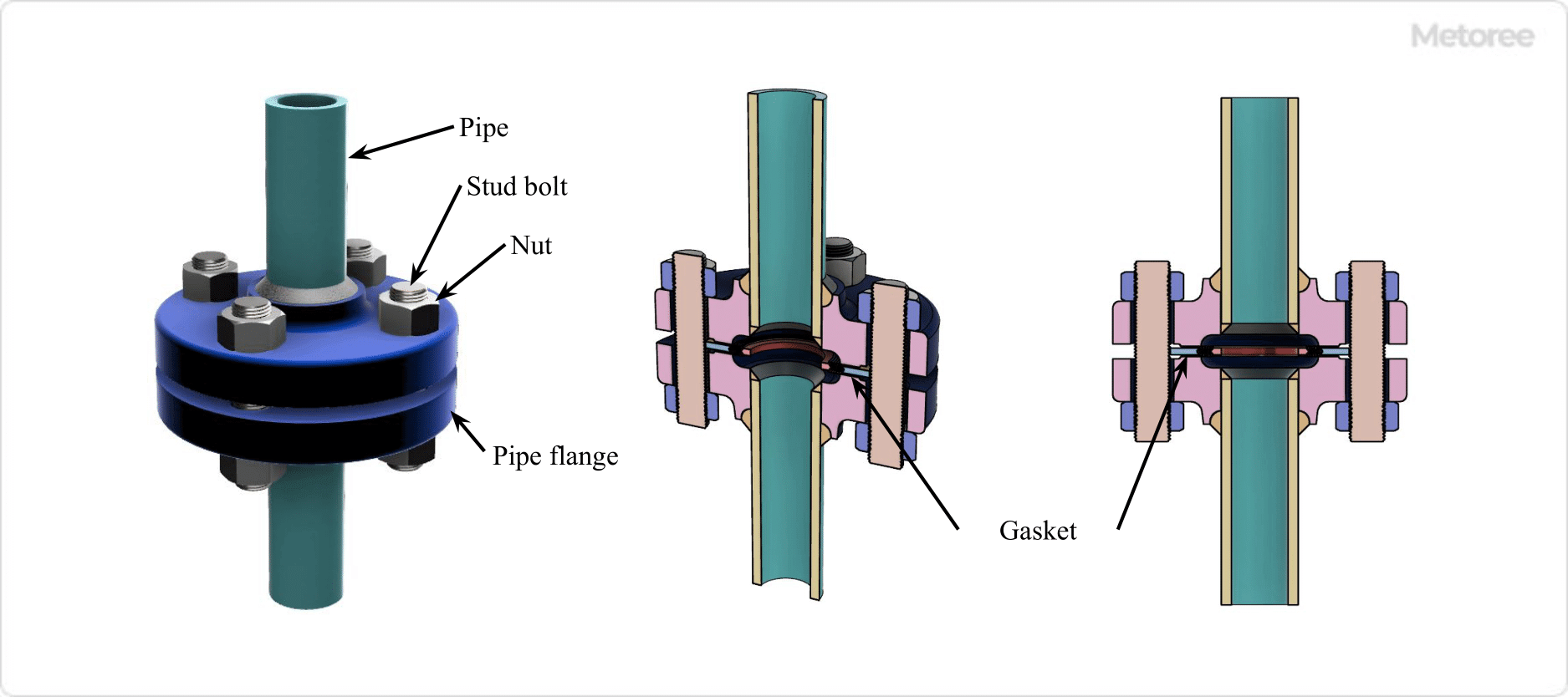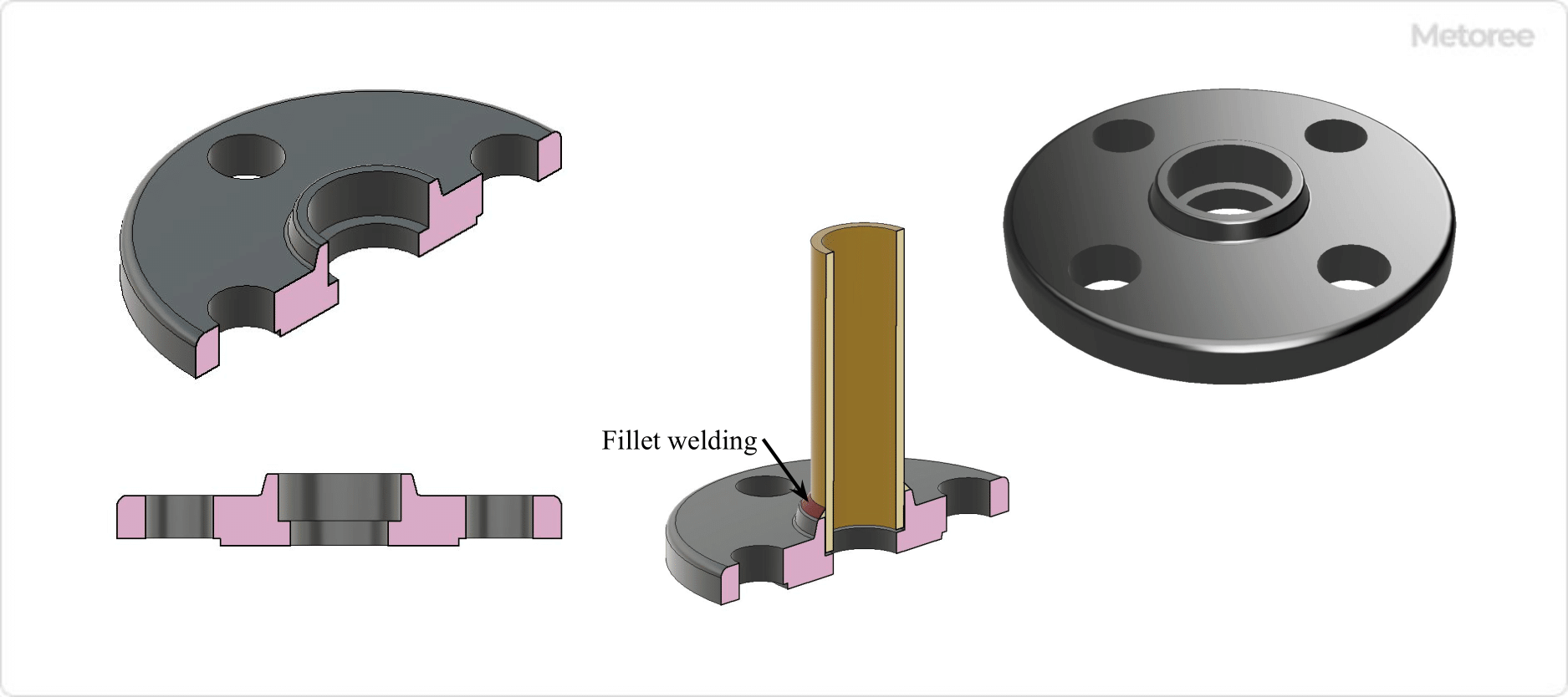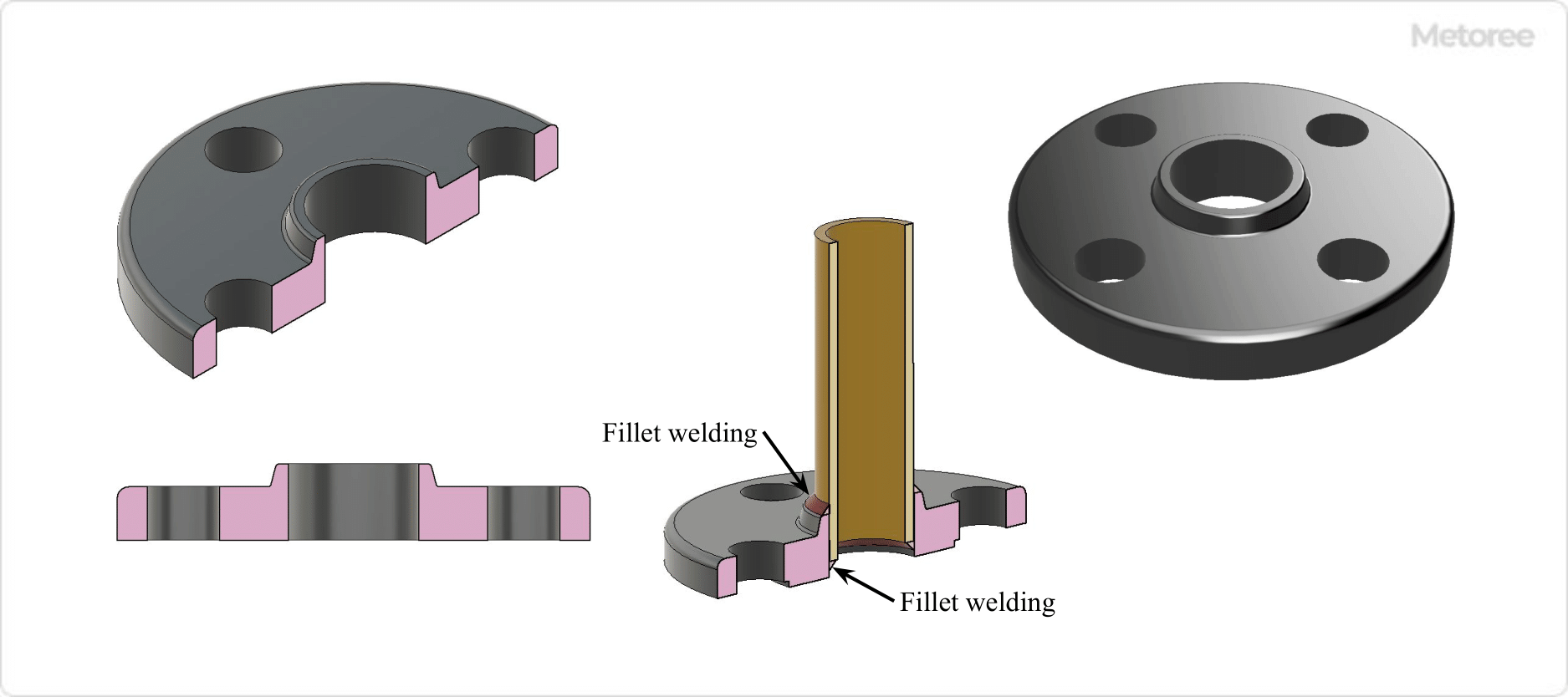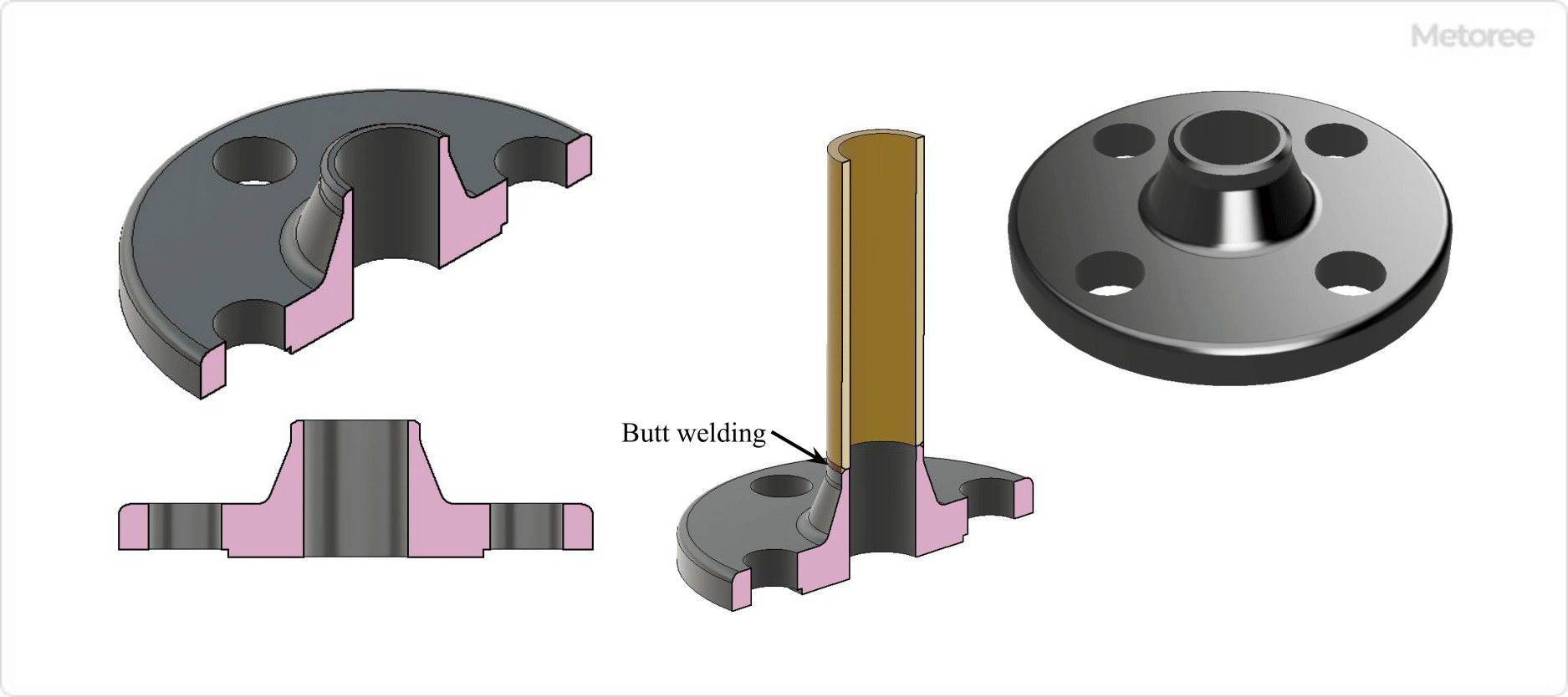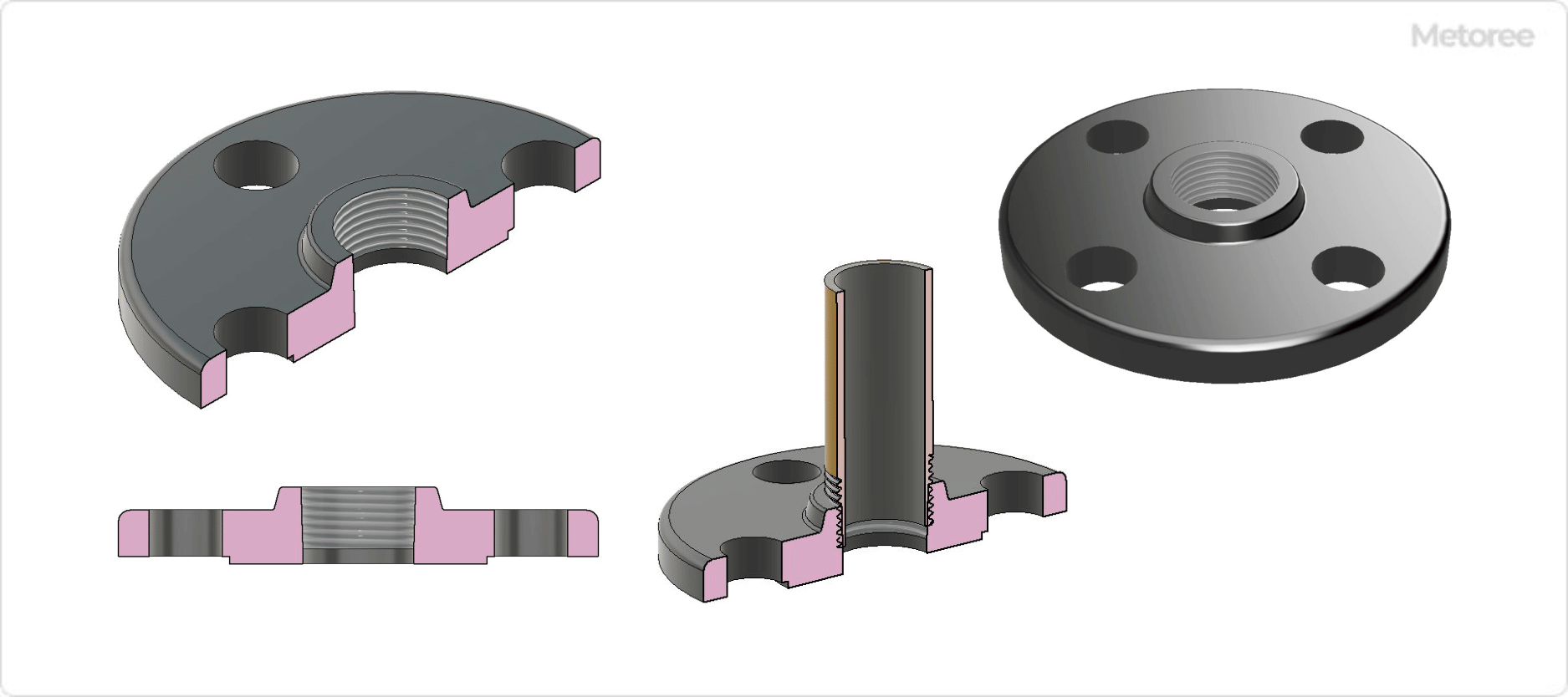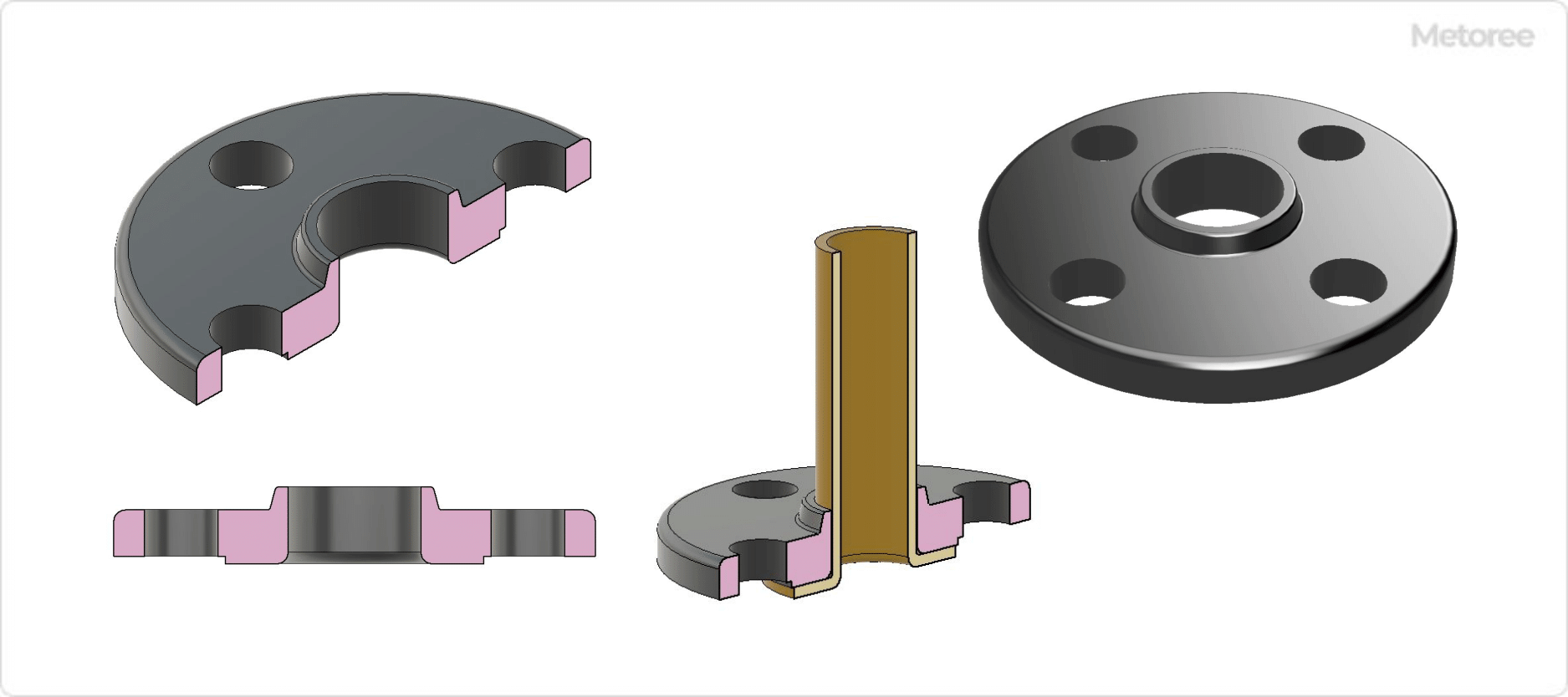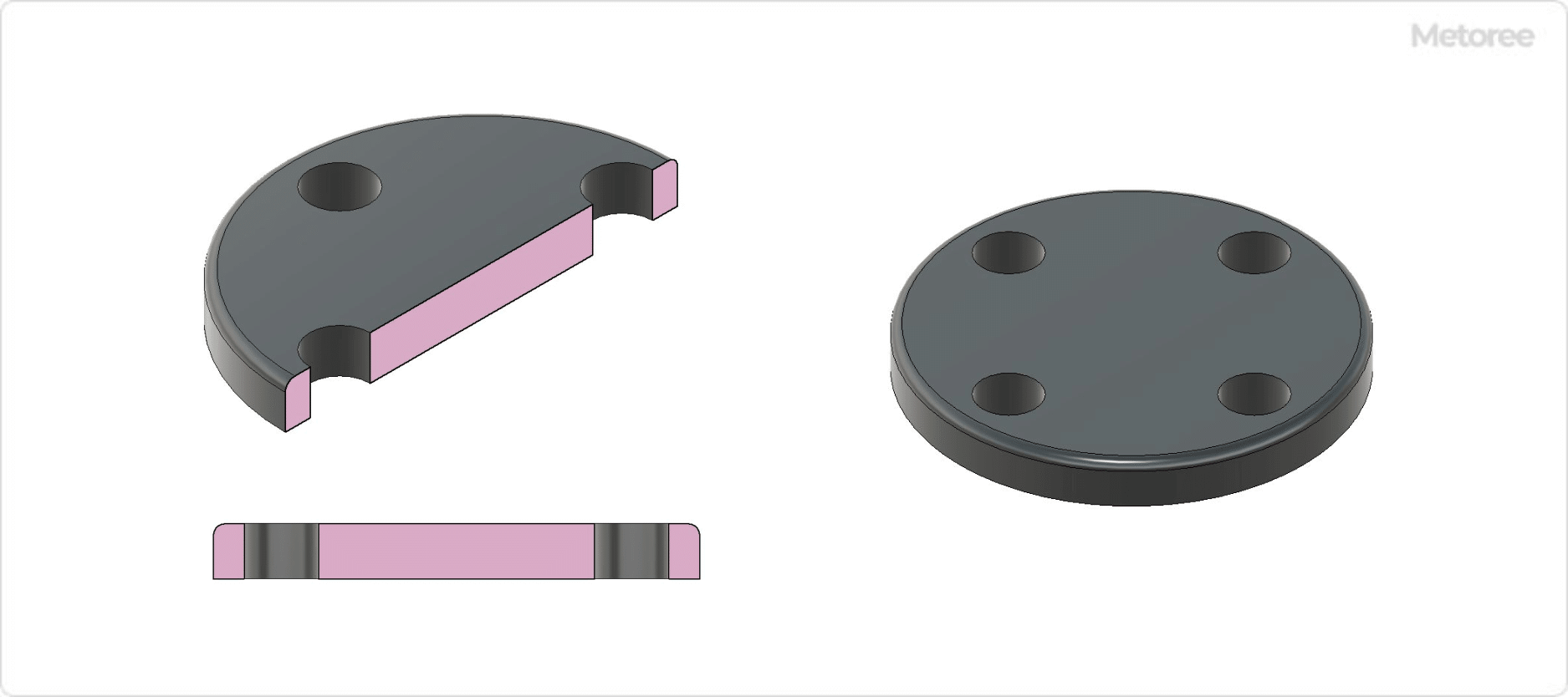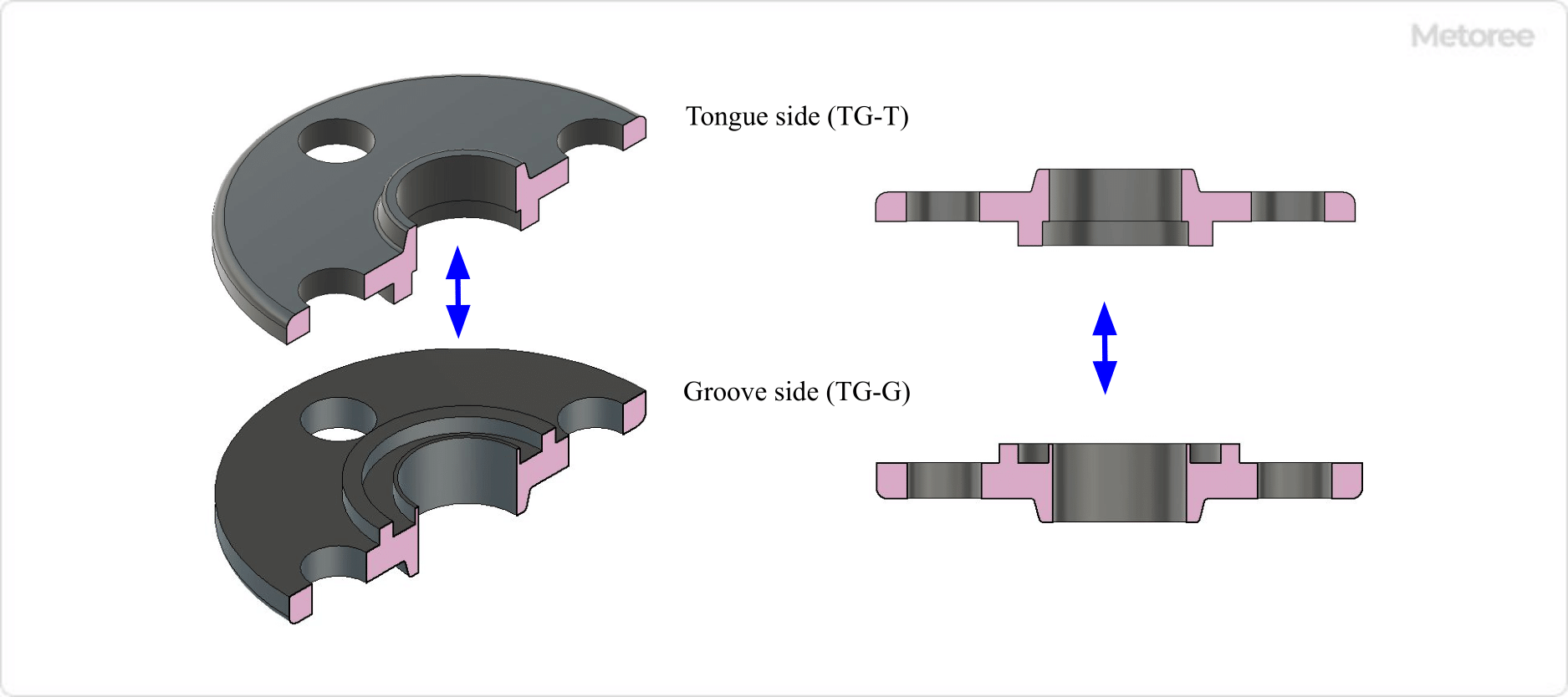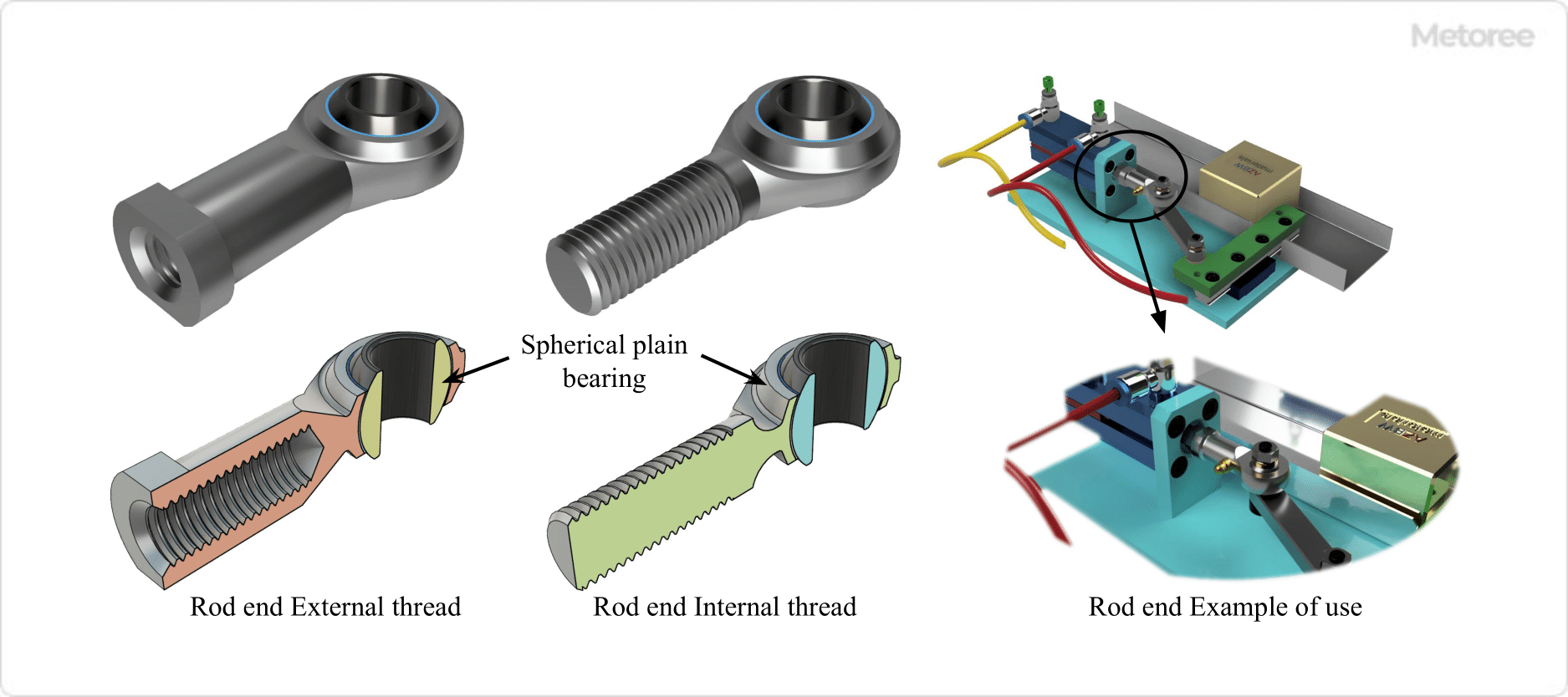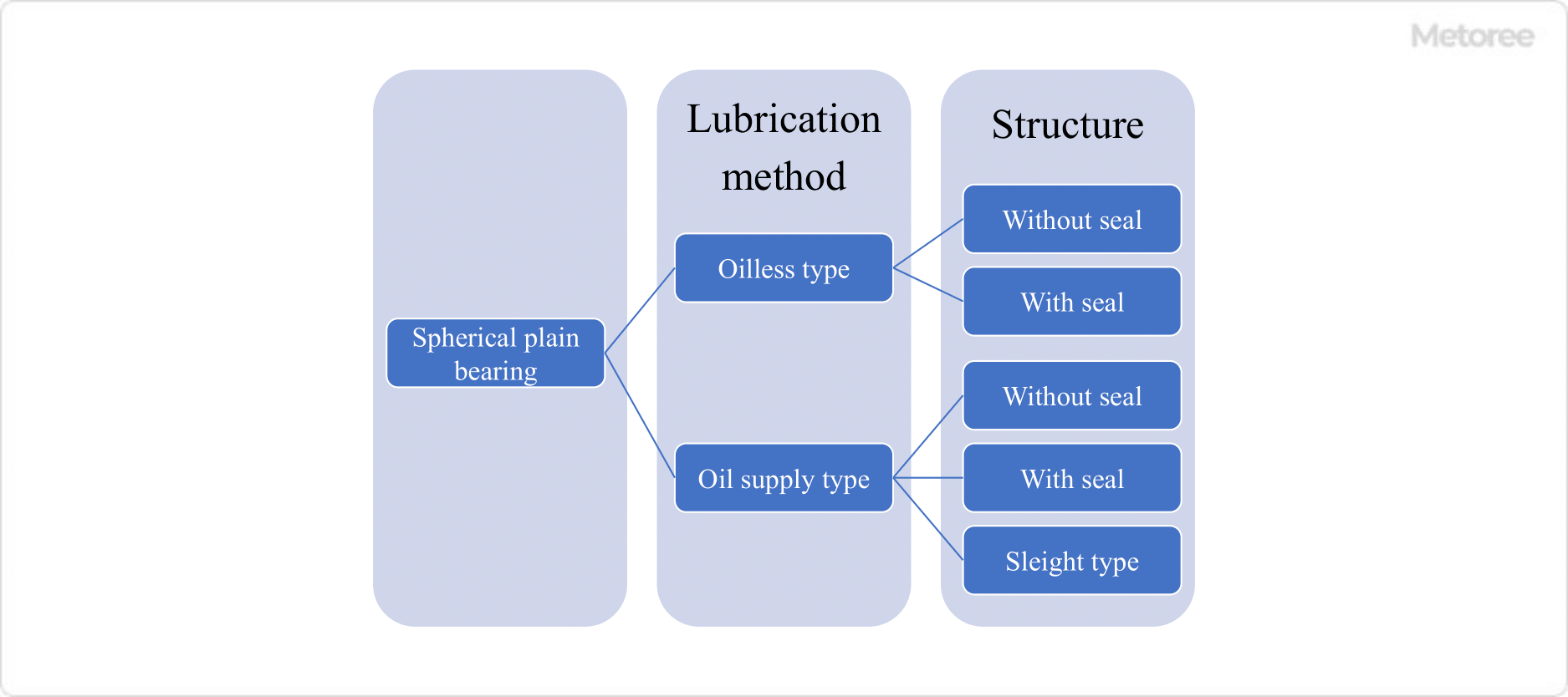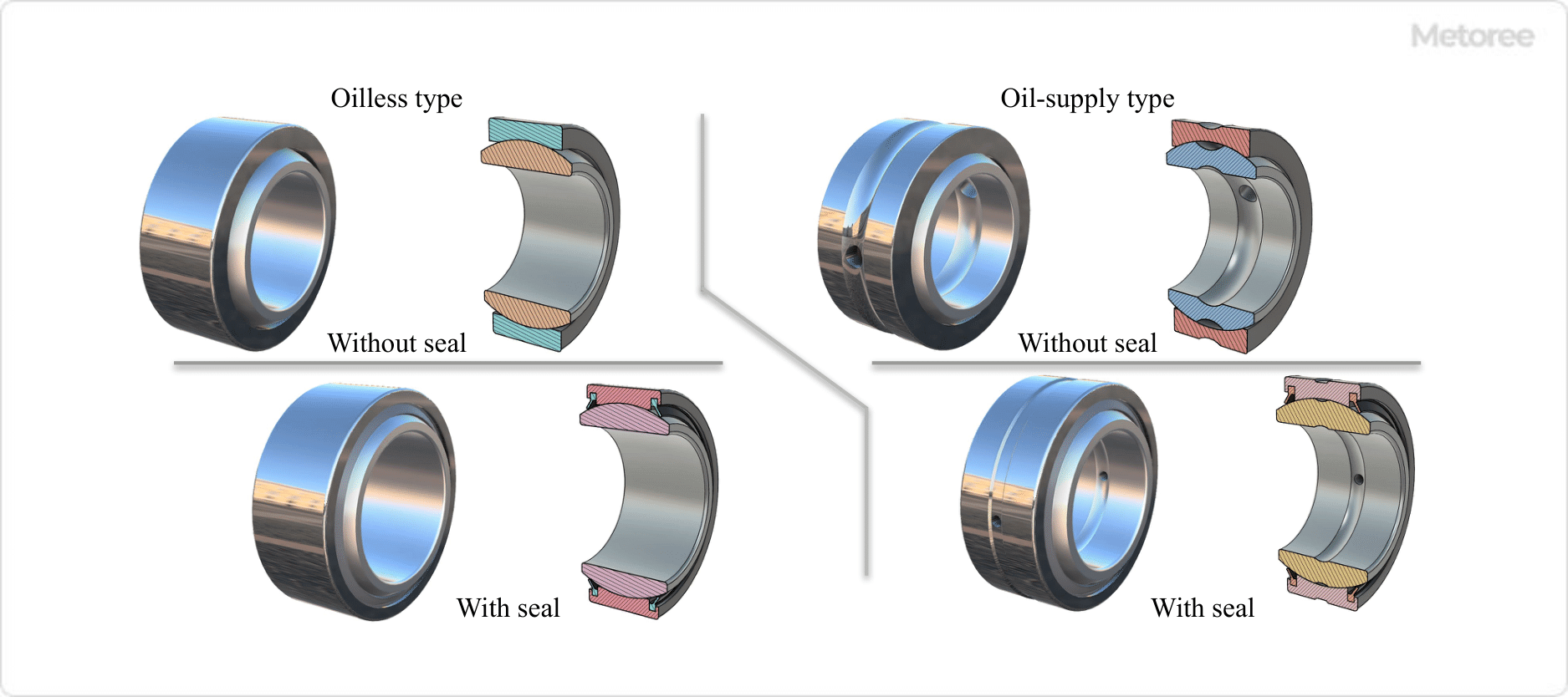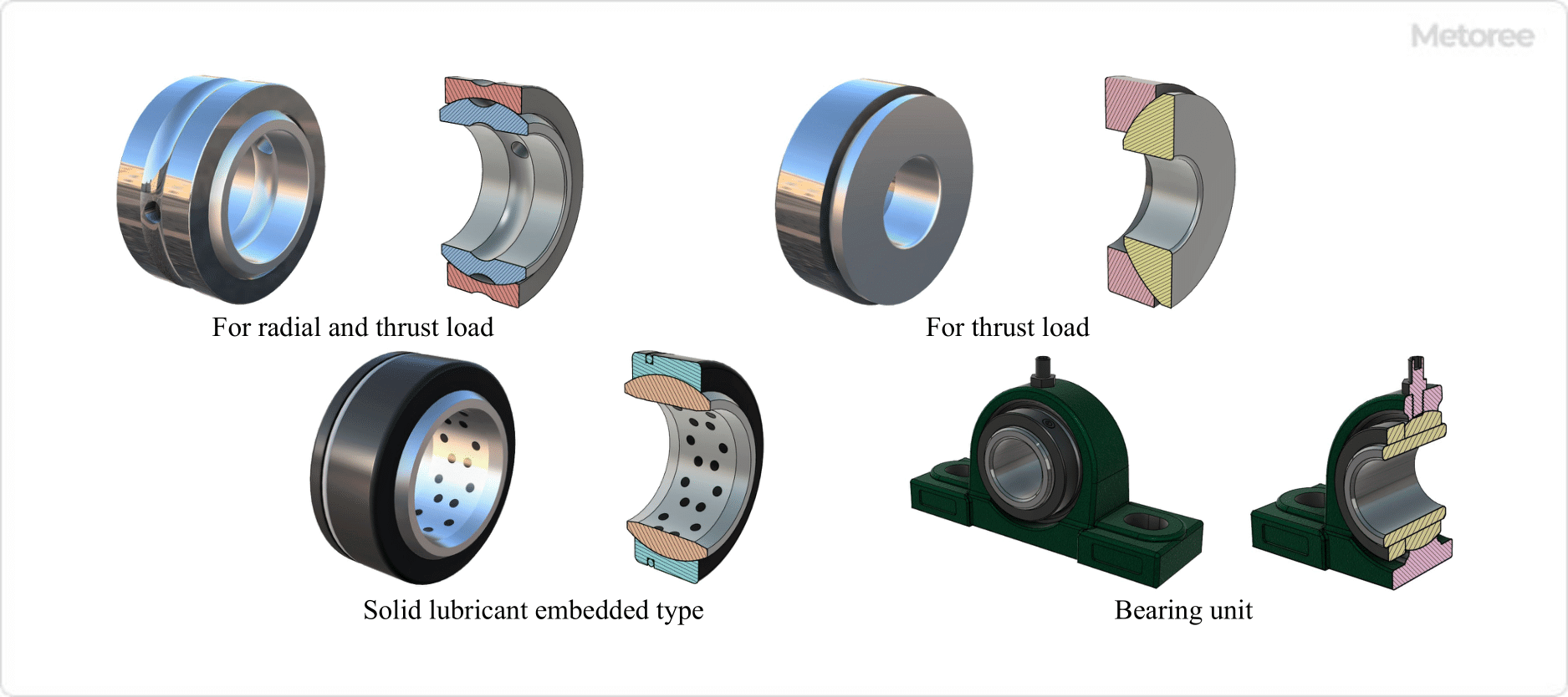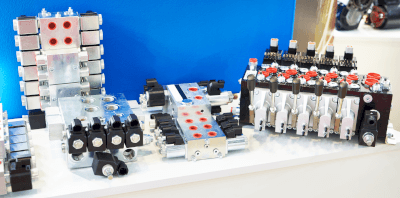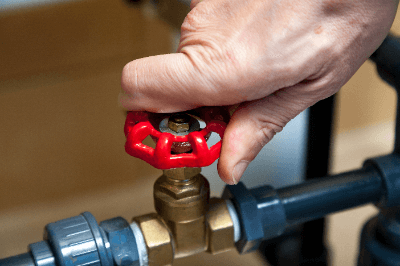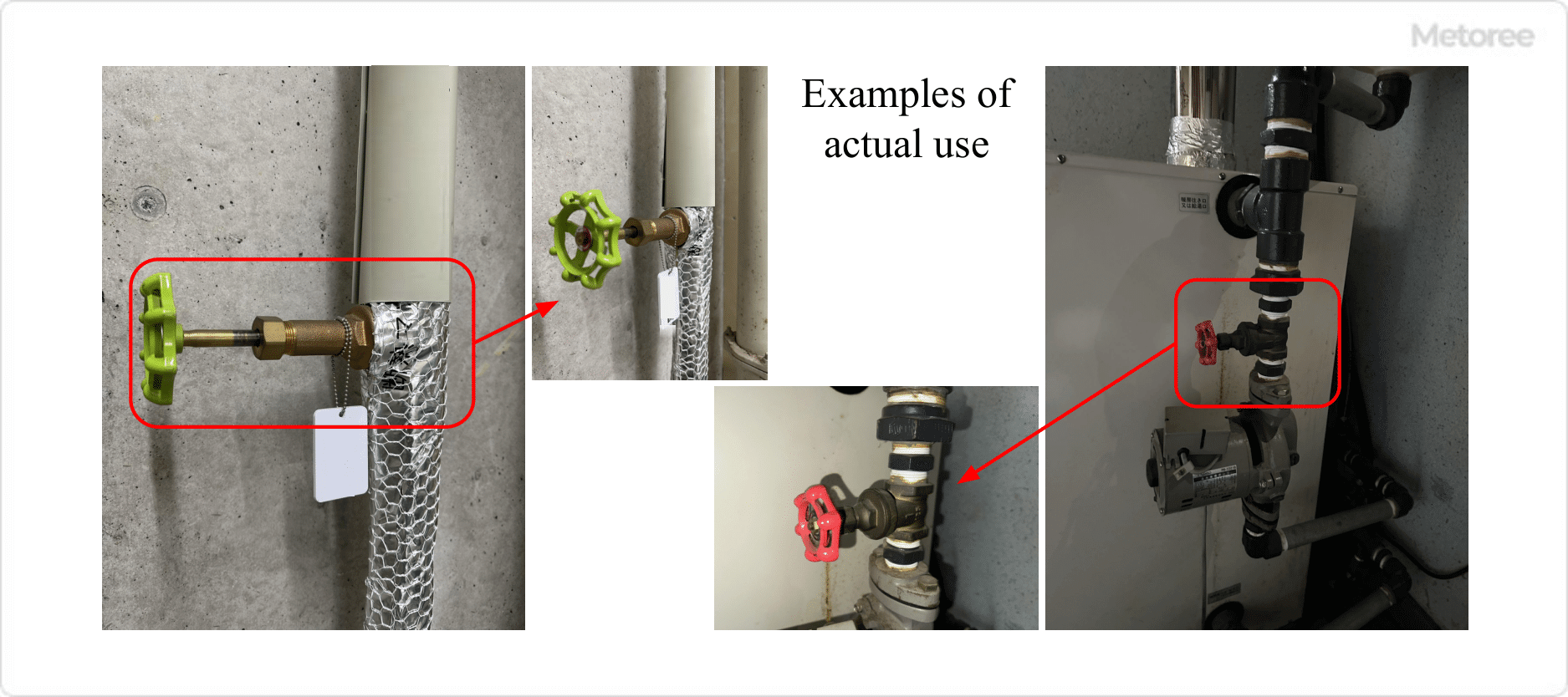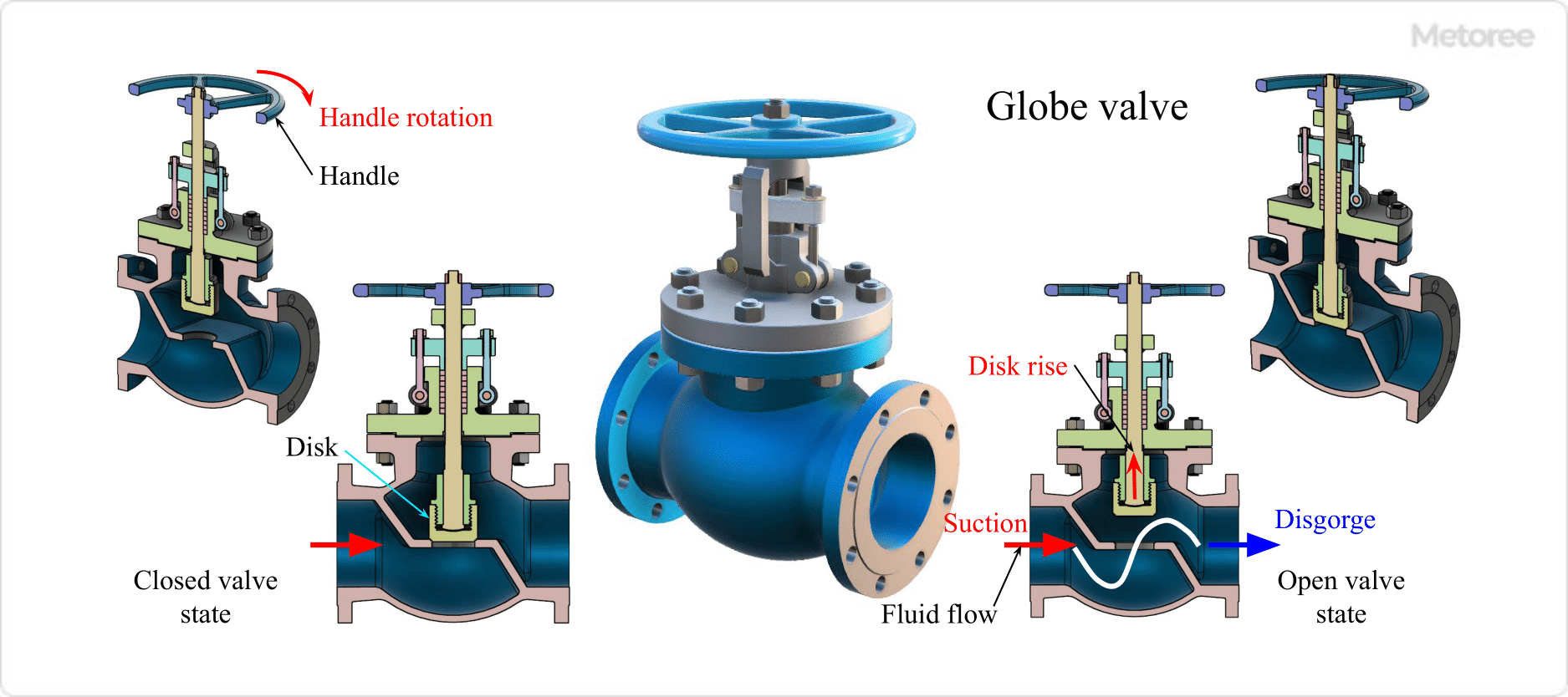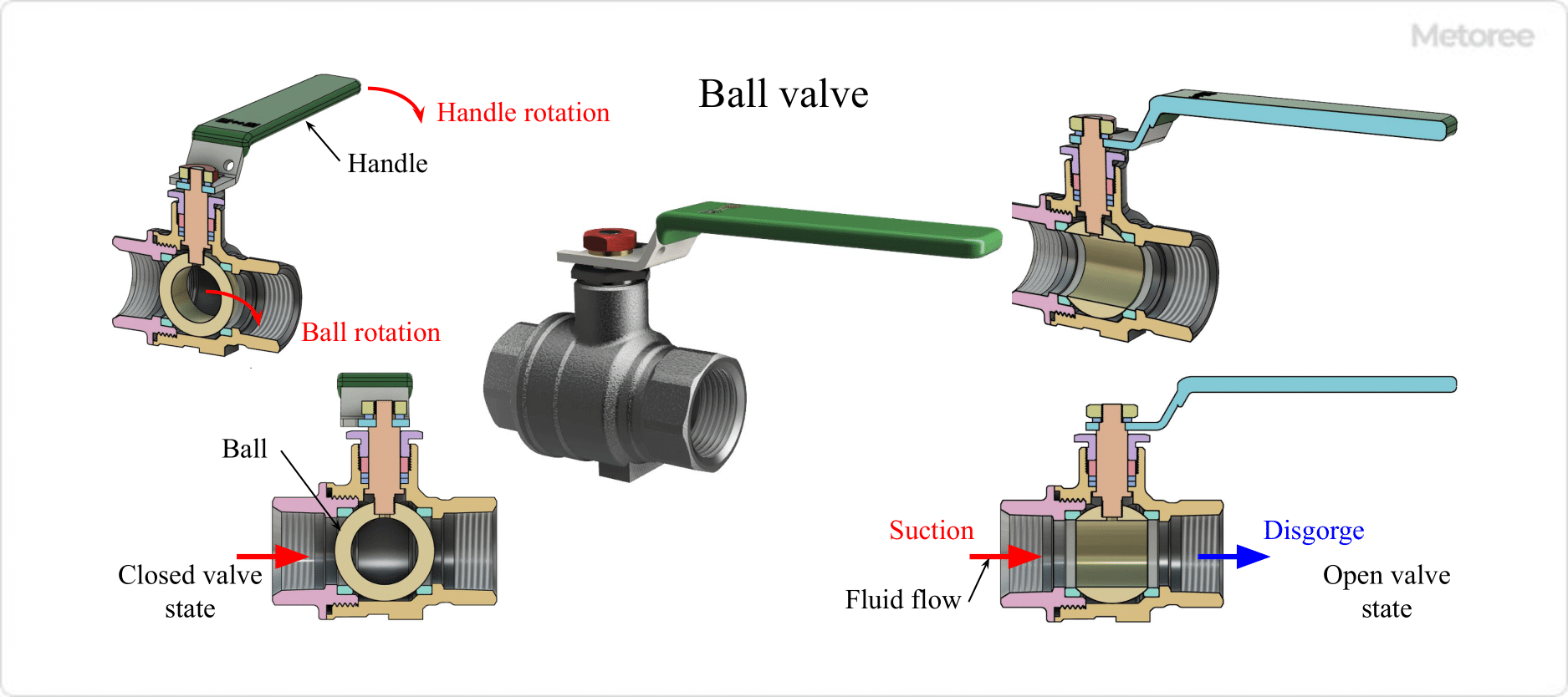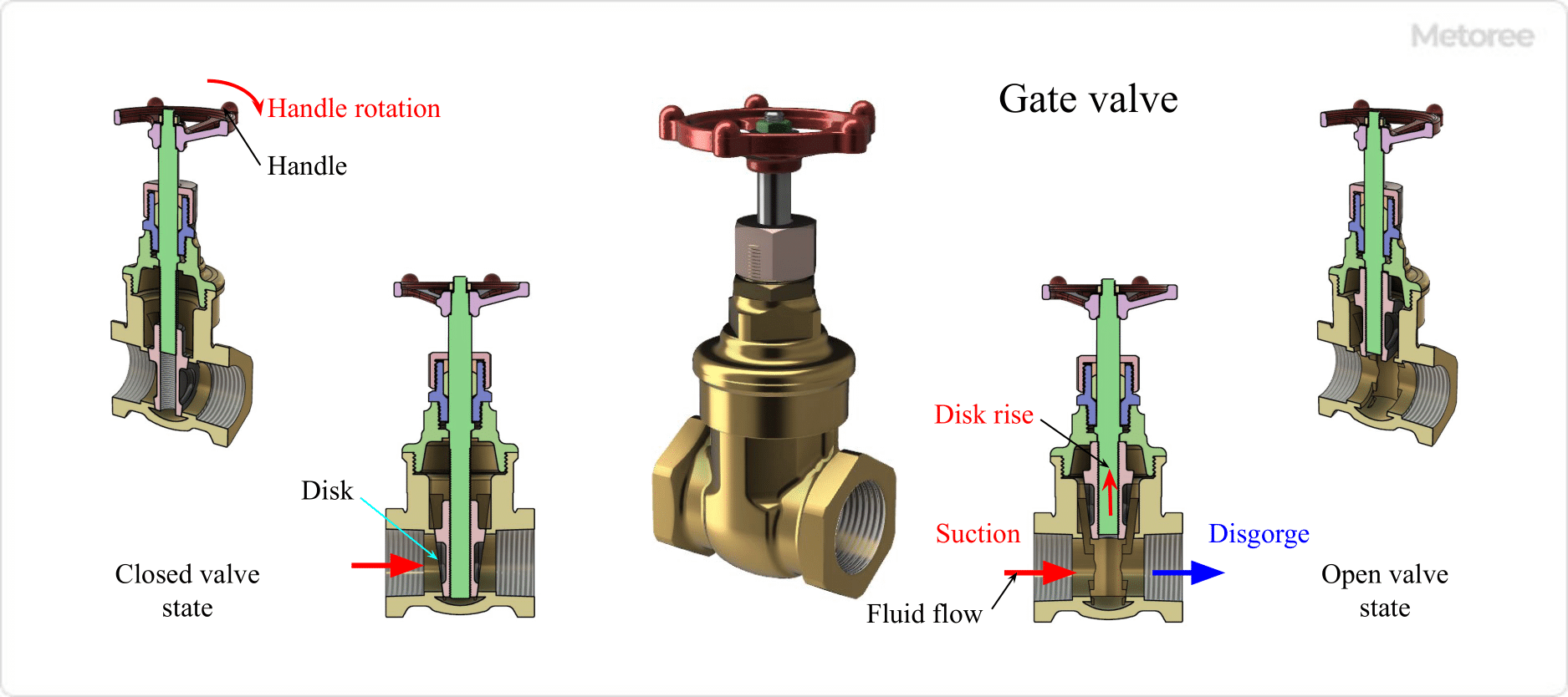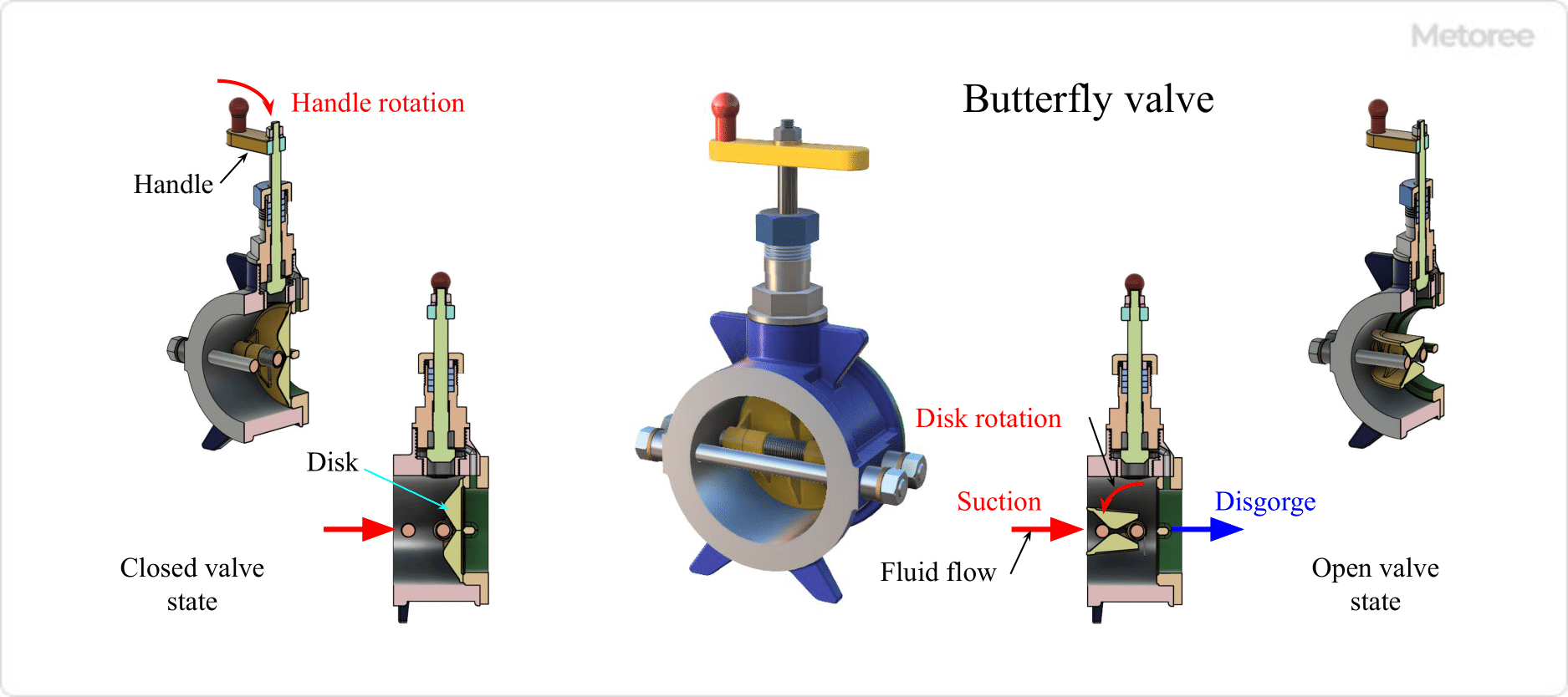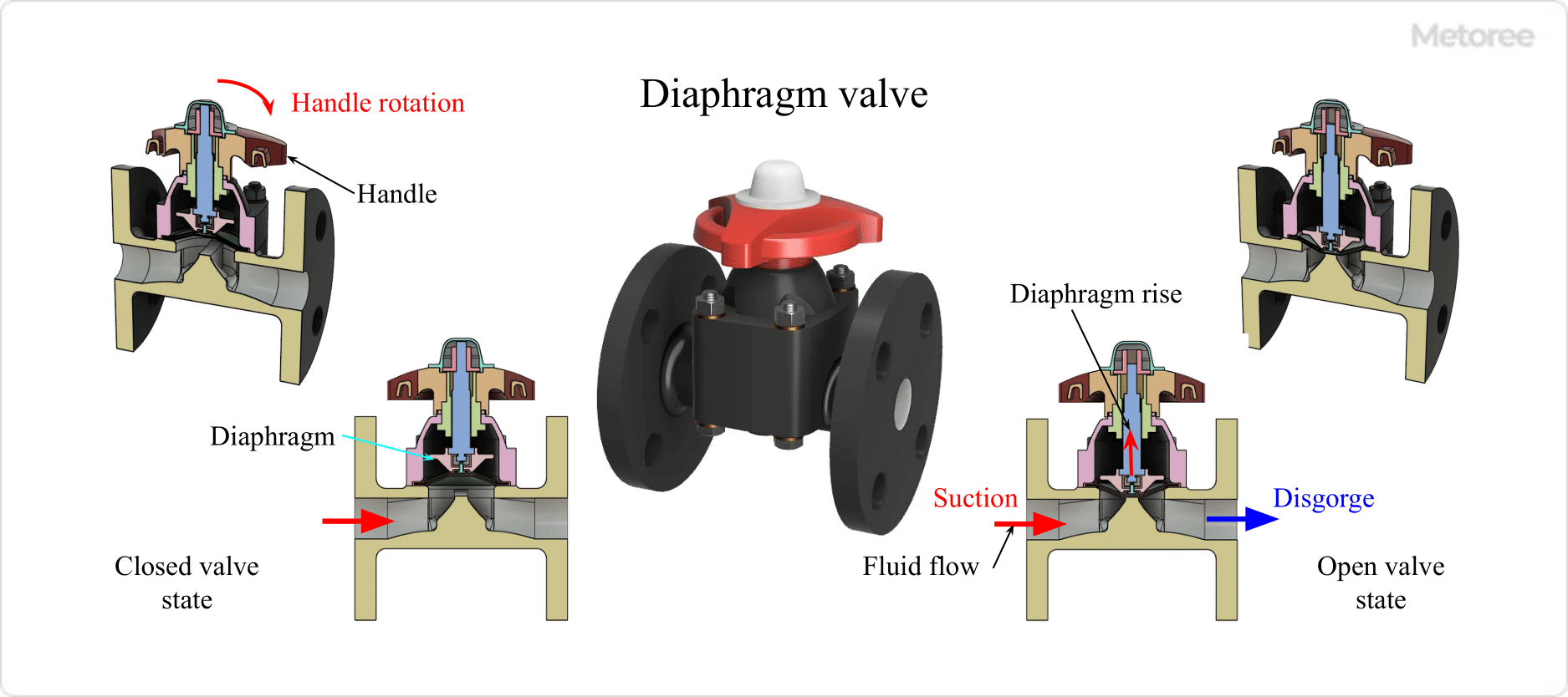What Is a Pipe Adapter?
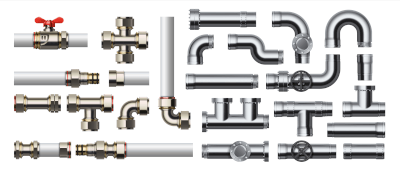
A pipe adapter is used to extend pipes, connect pipes of different diameters, and create curves and branches.
When selecting a pipe adapter, the following points should be considered: the shape of the adapter, the type of thread, the diameter of the adapter, and the material.
The type and diameter of the threads affect the tightness of the connection. Connecting different types of screws to each other is a safety factor because it can cause leakage.
The material must be carefully selected, especially when acids, bases, or organic solvents are transferred in the piping. Select an appropriate material so that the pipe adapter will not be corroded and leakage will not occur at the connection.
Uses of Pipe Adapters
When piping to transport liquids or gases, there are cases where the piping may be extended, the thickness may be changed in the middle, or curves or branches may be added. Pipe adapters are useful in such situations to adjust the pipe structure.
The following are some examples of situations in which they can be used:
- When it becomes necessary to extend pipes due to changes in the plant layout, pipe adapters with the same inner diameter as the pipes can be used to extend the pipes.
- When laying a water pipe along a wall, 90° curved pipe adapters are used to connect pipes in order to curve the pipe to fit the corner of the wall.
- When transferring liquid from tank A to two tanks B1 and B2, branch the pipes coming out of tank A with a three-way adapter and connect one to tank B1 and the other to tank B2.
- To connect pipes A and B with different diameters, one adapter should be connected to pipe A and the other to pipe B with the same inner diameter.
Features of Pipe Adapters
Attach a male or female thread to the piping to be connected, and attach a sealant to the male thread to prevent leakage. Then, connect and fix the pipe and the pipe adapters.
In selecting pipe adapters, the following points should be carefully checked:
- Shape of the adapter
Select a straight adapter if the pipes are to be connected in a straight line, a branched adapter if the pipes are to be branched, or a curved adapter (90° is common) if the pipes are to be curved. - Screw type
Check for the proper combination of male and female screws. In addition, there are standards for “tapered threads for Kan” and “parallel threads for Kan,” and connecting tapered threads for Kan with parallel threads for Kan may result in leakage. Refer to the following to select an adapter so that the type of pipe and pipe adapter threads match: - Tapered pipe threads are tapered toward the end and are characterized by their high liquid-tightness and airtightness; in ISO standards, male threads are indicated by “R” and female threads by “Rc”.
- Parallel pipe threads are uniform in thickness from root to tip and are designated “G” for both male and female threads in ISO standards.
- Adapter Diameter
In the catalog, the diameter of the adapter’s connection is written. For example, if it says “inner diameter D (Φmm): 6”, it means that the inner diameter of the adapter connection is 6 mm in diameter. Make sure that the diameter of the adapter matches that of the pipes to be connected before making a selection. - Material
SUS, aluminum, PVC, and polypropylene are used as materials for pipe adapters. When transporting acids, alkalis, organic solvents, etc. inside a pipe, it is easy to overlook the resistance of the adapter; be sure to check whether the material used can withstand the liquid to be transferred, for example, SUS is corroded by strong acids, polypropylene is soluble in some solvents, etc.
